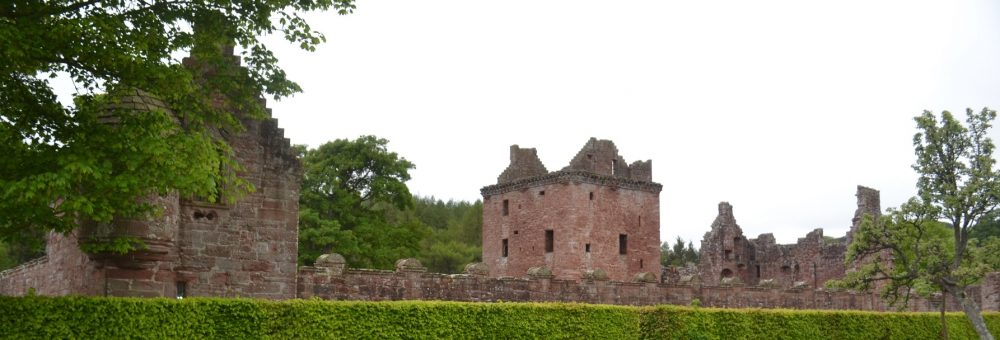Editor’s note: The following text is taken from the Clan Young Website. The Clan Lindsay Society take no responsibility for the accuracy of this account.
Of General Historical Significance to the History of Scotland in General
The is the first battle in the history of Scotland where the details of how the Highlanders performed their famous “Highland Charge” are quite well documented.
This action is also of historical significance in that it showed how the Lowlanders had little respect for the prowess of the Highlanders. The leaders of the Lowland party were mounted knights in armour, well trained and practised in the art of war and they gave little respect to the bare footed Highlander as a worthy adversary. One source refers to the Angus men as the “flower of Chivalry”. The fact that the Lowlanders were outnumbered by two or three to one gave the Lowland knights and lairds little cause to pause.
Of Significance to the Clans Involved
Six Angus Clans or families can be noted to be involved in this battle. Although there were most likely others, no record was made of them. For most of the Clans involved, it was the first time in recorded history that their Clan had a written record of their involvement and for some it actually names the killed and/or escaped Clan leaders. For example, there are relatively few records of the Clans and families who participated in the Battle of Bannockburn, even though it was one of the most significant battles in Scottish history. In my research, for example I have been unable to find any record of Youngs, Grays, Guthries, Ogilvies, Lindsays or Pitcairns at Bannockburn.
This battle is also significant in that it was a defensive action, an action to recover stolen cattle and goods and an action to deter further raids upon Angus. Even though the Lowlanders lost, their persistence and bravery is attributed to the fact this it put an end to large scale raids from the Highlands upon Angus for many years. It was one good record of the Clans and families of Angus working together, as apposed to against each other. I should note here that I have been unable to find any record of the Youngs feuding with any other Clans or families in Angus even though the Youngs once held considerable sway in the shire. They, for example, once held the following estates in Angus: Carmyle 1325, Cossins (also called Ardin or Ardequere) and Thorn(ton) 1325, Ochterlony (now called Lownie Muir) 1392, Easter Seaton 1580-1670, Aulbar 1670-1770, Leuchland 1745, Kelly 1860-1883, and Ascreavie 1787-1940s.
One of the most famous knights in Scottish history was Sir David Lindsay of Glenesk (1360-1407). Sir David became the 1st Earl of Crawford in 1398. The action was the only (that I am aware of) record of this gallant conduct and bravery in battle (not jousting as in his London story).
[Editor’s note: The Challenge on London Bridge in 1390 was neither a tournament nor a joust. Sir David accepted the challenge for a “dual to the death”. Fortunately, Sir David won and spared Wells’ life.]
Why a monument?
Clan Young has been collecting dues for years and they keep sitting in the bank because our Clan leaders tend to pay their expenses themselves out of their generosity to our Clan. Our Clan has agree that we want to do something big, something that will be a lasting monument to our ancestors and Clan with the funds. We do not want our funds to be nickel and dimed away with nothing lasting to show for it. Unlike many Clans, the involvement and legacy of the Youngs in the history of Scotland was largely forgotten before the formation of our Clan Society. The efforts and research of members of our Clan Society have put our former chief’s arms in the Great Hall of Clans, published a book on the history of the Clan and families, produced Clan badges, discovered the Young tartan and had it reproduced. These accomplishments are permanent and will endure long after the founders of our Clan Society have passed on. This is the kind of thing we want to spend our funds on. We want to create a permanent legacy that will ensure that the deeds and memory of our Scottish ancestors will not be forgotten. It is also, hoped that is monument will create a greater awareness of the Clans involved, which if handled prudently, should produce positive publicity to the benefit of all the Clans involved.
